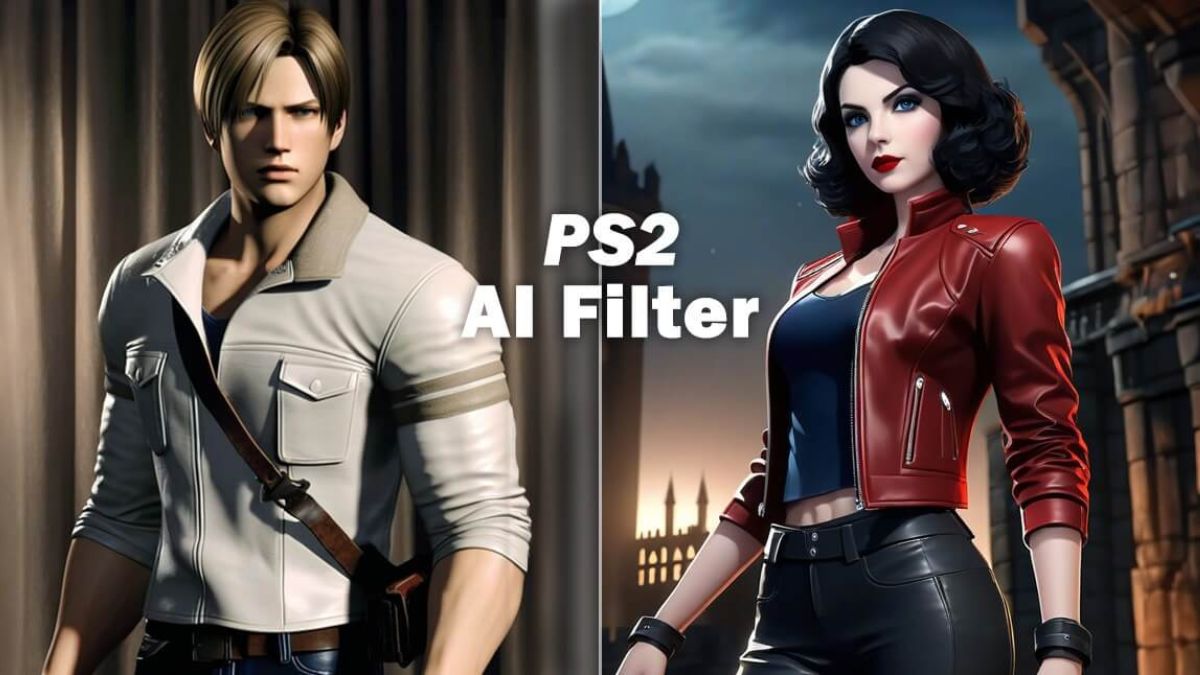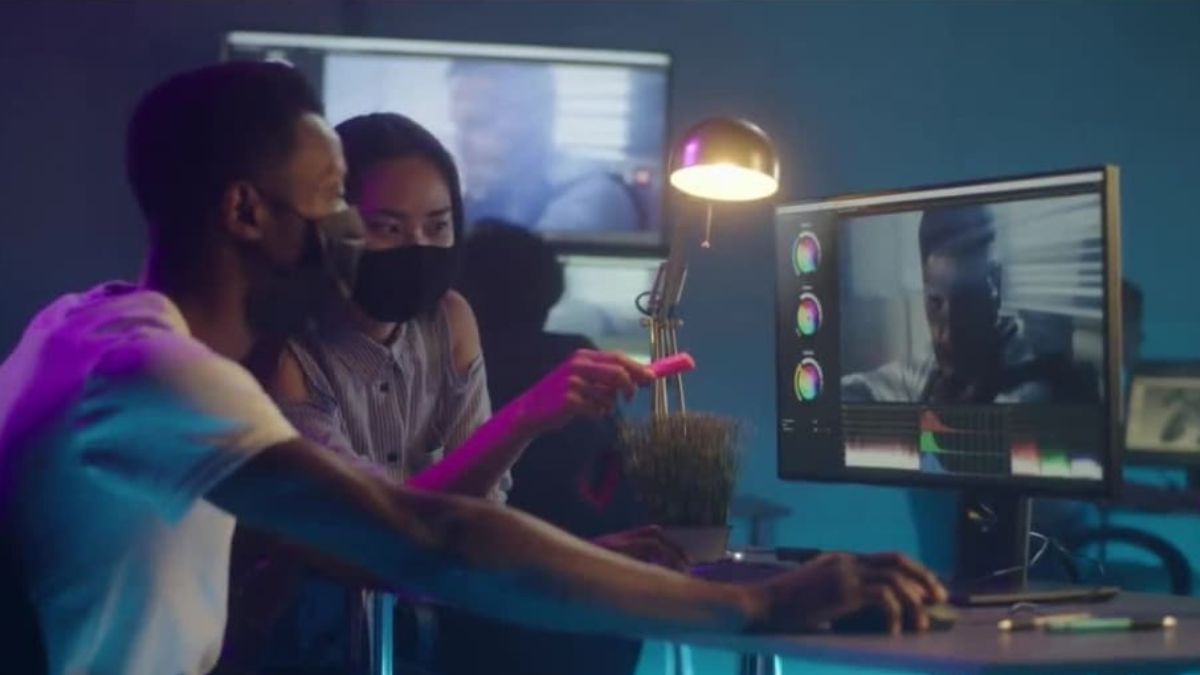Emulation has revolutionized the way we experience classic games, allowing players to relive cherished memories or discover hidden gems from the past. Among the many systems that have benefitted from this technology, the PlayStation 2 stands out for its vast library and enduring popularity. However, while nostalgia fuels our desire to revisit these pixelated worlds, there’s a modern twist that enhances their visual appeal: PS2 Filter AI techniques. These innovative tools breathe new life into old graphics, providing an experience that’s both familiar and refreshingly polished. Let’s dive into this fascinating intersection of gaming history and cutting-edge technology!
What is PS2 Filter AI?
PS2 Filter AI refers to advanced algorithms designed to enhance the gaming experience on PlayStation 2 emulators. These techniques mimic visual filters found in original hardware, improving graphics while preserving the authentic feel of classic titles.
At its core, PS2 Filter AI utilizes machine learning and image processing methods. This allows it to upscale textures, smooth out jagged edges, and even adjust colors for modern displays. The result is a more visually appealing presentation that stands up against contemporary games.
Players appreciate these enhancements as they bridge nostalgia with innovation. By refining pixelated images into sharper visuals, PS2 Filter AI brings new life to beloved classics without losing their essence. It’s a perfect blend of old-school charm and modern technology in the realm of gaming emulation.
Understanding the Different Types of PS2 Filter AI Techniques
When delving into PS2 Filter AI techniques, it’s essential to recognize the variety available. Each technique offers unique advantages that cater to different gaming preferences.
One popular method is texture filtering. This enhances the clarity of textures, making them appear more detailed and less pixelated. Gamers often appreciate this for its ability to breathe new life into classic titles.
Another significant technique is anti-aliasing. It smooths out jagged edges on characters and environments, resulting in a more polished visual experience. This can be especially beneficial in fast-paced games where sharp graphics improve immersion.
Shadow enhancement adds depth by creating realistic light effects. Shadows become softer and more dynamic, contributing significantly to overall atmosphere.
Resolution upscaling ensures that even older games look good on modern displays by adjusting their output without losing fidelity. Each method contributes distinctly toward elevating the emulation experience.
Pros and Cons of Using PS2 Filter AI Techniques
Using PS2 Filter AI techniques can significantly enhance your gaming experience. One major advantage is the improved visual quality. These filters can upscale graphics, making older games look sharper and more vibrant on modern displays.
However, there are downsides to consider as well. Some players might notice a loss of authenticity in the original art style. The charm of pixelated textures may be overshadowed by overly smooth visuals.
Another pro is customization. Emulators often allow users to tweak settings based on personal preference. This flexibility can lead to an optimized gameplay experience tailored specifically for you.
On the flip side, increased processing power is required for these advanced filtering techniques. This may hinder performance on less powerful systems, leading to lag or stuttering during gameplay sessions. Balancing aesthetics with performance remains a challenge for many gamers using PS2 filter AI options.
How to Set Up and Use PS2 Filter AI on Your Emulator
To set up and use PS2 Filter AI on your emulator, start by downloading a compatible emulator. Popular choices include PCSX2 or RetroArch, both of which support various filter options.
Once installed, launch the emulator and head to the settings menu. Look for graphics configurations where you can customize rendering options. Here, you’ll find the filters available to enhance your gaming experience.
Select PS2 Filter AI from the list. You may need to adjust additional settings like resolution scaling or texture filtering for optimal performance.
After applying changes, load a game and observe how it looks with the new filter applied. Fine-tuning might be necessary; don’t hesitate to experiment until you find what suits your taste best. Enjoy exploring different visuals while reliving classic titles!
Real-World Examples of PS2 Filter AI in Action
Many gamers have witnessed the transformation brought by PS2 Filter AI in their favorite titles. For instance, “Final Fantasy X” benefits immensely from enhanced textures and refined character models. The result? A visually stunning experience that brings nostalgia to a whole new level.
Another striking example is “God of War.” With filter techniques applied, the vivid colors and intricate details pop like never before. Players find themselves immersed in Kratos’ world with clarity that surpasses original hardware limitations.
Then there’s “Metal Gear Solid 3.” Here, the filters elevate environments and characters, making them feel more lifelike. Each leaf rustling or shadow casting adds depth to gameplay.
These examples showcase how PS2 Filter AI breathes new life into classic games. Gamers can enjoy familiar adventures while experiencing a fresh visual perspective that enhances both enjoyment and immersion.
Conclusion: The Future of Emulation and PS2 Filters
As technology advances, the landscape of gaming continues to evolve. Emulation has become a bridge connecting nostalgic gamers with their favorite titles from the past. PS2 Filter AI plays an essential role in this journey, enhancing visual quality and smoothing out graphics that may have felt dated.
The future looks bright for emulators equipped with powerful filter techniques. Developers are constantly innovating and optimizing these filters to make retro games even more appealing on modern displays. With advancements in artificial intelligence, we can expect even smarter filtering options that will adapt to individual preferences.
Community feedback is also shaping how developers approach emulation and filters. Gamers want customizable experiences tailored to their tastes. As such, we might see user-friendly interfaces allowing players to adjust settings seamlessly based on personal preference.
Moreover, as hardware becomes increasingly capable of handling sophisticated algorithms without significant slowdowns, the possibilities expand further. The combination of increased processing power and refined filtering capabilities could lead to groundbreaking developments within the realm of emulation.
PS2 Filter AI isn’t just about nostalgia; it’s about breathing new life into classic games while ensuring they remain accessible for generations to come. The excitement lies not only in what has been achieved but in what’s yet to unfold in this vibrant community dedicated to preserving gaming history through innovation.










